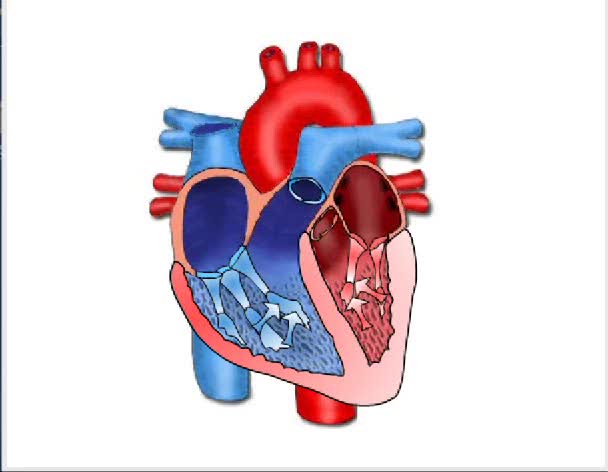Mechanisms of capillary exchange (transcytosis & bulk flow)
By: HWC
Date Uploaded: 01/22/2020
Tags: homeworkclinic.com Homework Clinic HWC Mechanisms of capillary exchange transcytosis endothelial cells exocytosis endocytosis bulk flow interstitial fluid fenestration intercellular cleft
■ This method of capillary exchange is mainly used to transport small amounts of large, lipid-insoluble (water soluble) molecules, such as large proteins. ■ Substances, packaged in vesicles, move through endothelial cells via endocytosis and exocytosis. ■ This method of exchange is the movement of large volumes of ions, molecules or particles between blood and interstitial fluid. ■ Bulk flow occurs when a pressure gradient pushes water and dissolved solutes out of or into the capillary. ■ The solution of substances pass across fenestrations and intercellular clefts. ■ Fenestrated capillaries allow more bulk flow. ■ Continuous capillaries with extensive tight junctions at their intercellular clefts allow little bulk flow. ■ During bulk flow, most solutes cross with water. However, formed elements in the blood (such as a red blood cell) and most proteins do not cross.
Add To
You must login to add videos to your playlists.
Advertisement












Comments
0 Comments total
Sign In to post comments.
No comments have been posted for this video yet.